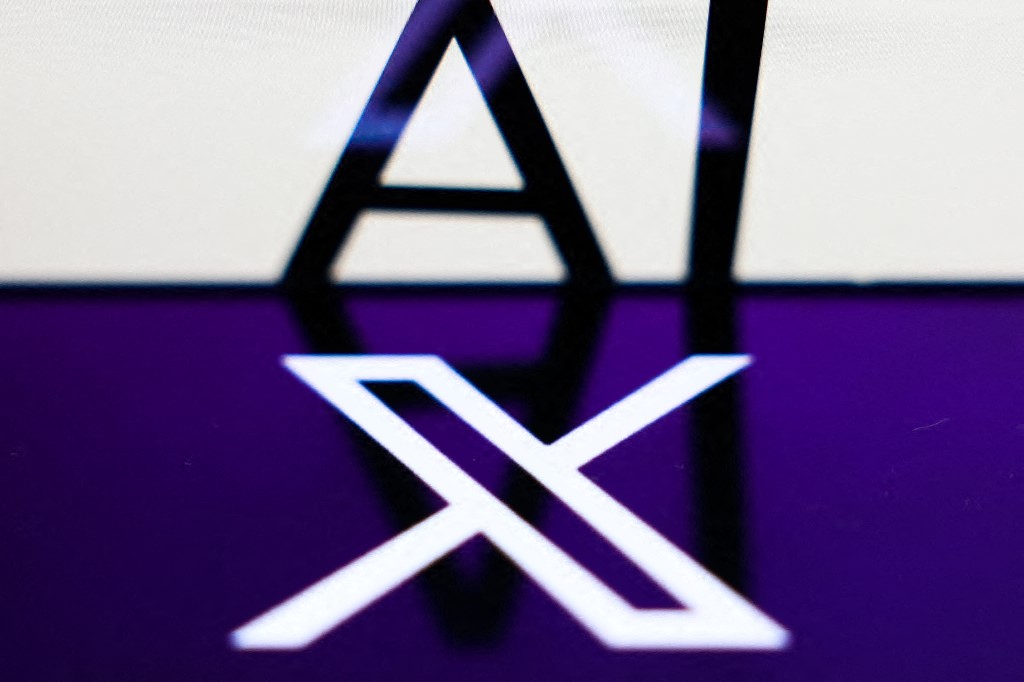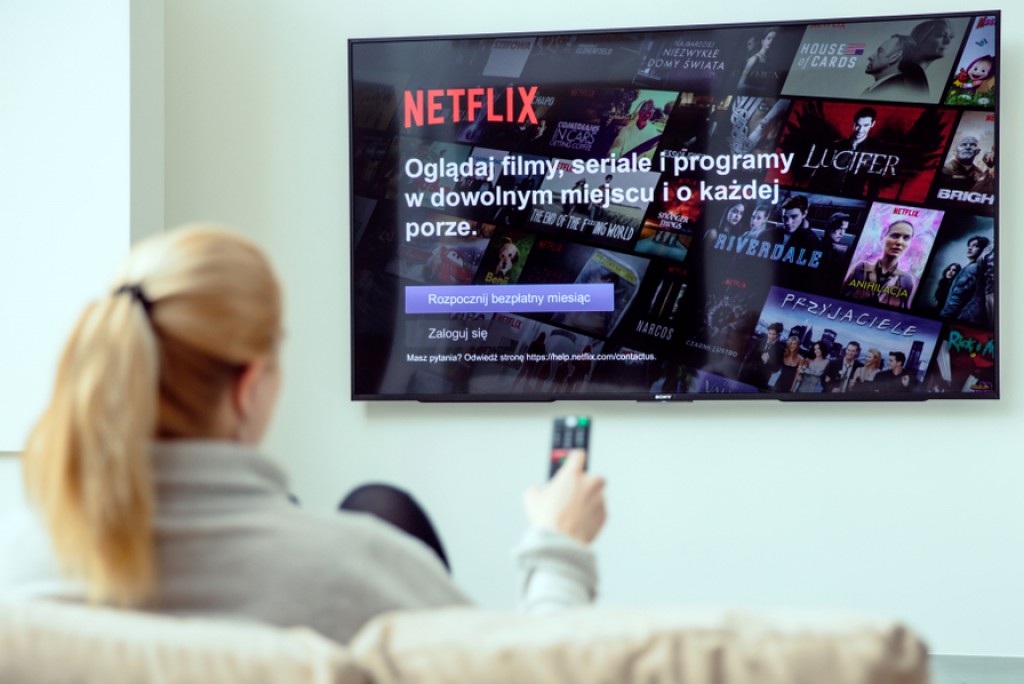In 2012, France’s biggest premium publishers and media groups, including Maury Medias, FigaroMedias, TF1 Publicite and Marie-Claire, pooled their resources for a noble cause; clubbing together, they’d form enough critical mass – at the time totaling 28 million unique users and delivery over four billion monthly impressions across 80 sites – to cement their footing in the programmatic buying field against a giant Google. The result was La Place Media, a premium exchange platform of sorts powered by programmatic tech giant Rubicon Project’s REVV technology that has since managed to attract France’s major media owners and companies. On the flip side, it also gave birth to Audience Square, a competing consortium of premium media owners in the country. In France, rumors of La Place Media and Audience Square merging have been flooding the market and, if materialized, will lead to the formation of a player that would equal Google in market share and clout.
That’s a far cry from the region, where programmatic, often synonymous and confused with RTB (real-time bidding), is still greatly misunderstood. But Vincent Pellilo, managing director at MENA MarketPlace, an exchange platform dedicated to the MENA premium publishing community, launched out of Dubai in late 2014, and the result of a partnership with that other programmatic tech giant, PubMatic – using the latter’s global sell side platform (SSP) technology and services – is confident in replicating the success of the La Place Media model in the region. “The idea behind this partnership was to avoid the latency of building a technology – because that’s a commodity now. We could have built up in five, six months, a technology on top of an ad server. [But the point was] to really start with a solid, robust, well known and recognized piece of tech to be up and running very quickly. That was the first part of the development of the project,” explains Pellilo.
Meanwhile, the second part of the project was to address the premium publishing community – first in Dubai – with at least an option of going against the risk of a monopolistic, oligopolistic at best, situation in the region’s digital – and even more so programmatic – advertising market. “There’s Google, which is probably already getting between 40 or 50 percent of the total digital ad investments.” And then there is its regional equivalent. Both are aggregating a big chunk of existing demand from agencies, leaving only modest remnants for the rest. And in a market that “has the tendency to shrink instead of grow”, as Pellilo says, premium publishers need to regroup, aggregate their numbers, and offer an alternative for agencies and advertisers in the programmatic field. In this regard, Google, Pellilo explains, although guaranteeing critical mass and huge volumes of impressions, offers the long tail end and questionable environments for brand safety. “We are not even trying to do what they are doing. We are trying to do the opposite but in programmatic fashion. I see the world divided into two sub-worlds: the world of custom sponsorships and special operations, and that world of commodity, of standardization. We are bringing the tool and the knowledge – because the tools are not yet as recognized by the region as they are elsewhere – and we help participants navigate through the automated world.”
Naturally, automation requires a great deal of localization in a market that “is mentally and philosophically a people business market. As al- ways, truth is in the middle,” says Pellilo. Instead of pushing on RTB, “which doesn’t mean anything in a region like the Middle East where you have 100,000 or one million impressions a month on 10,000 unique users – and where therefore, there is not enough data or critical mass to optimize”, he is focusing on bringing the first level of auto- mating processes that are, today, manual; both publisher and buyer would still agree on a price outside of the platform, but would then convert their agreement in automated fashion through a deal ID – which is, essentially, a unique number corresponding to an automated ad buy guarantee- ing a set price and volume of impressions to be delivered. Automated transactions through buy- ers’ DSPs (demand-side platforms) would follow. This might sound like ‘Programmatic101’ for some regional media peeps but, Pellilo attributes to agencies the common mistake of mixing up automated media buying with RTB, often skip- ping steps and eliminating the most basic of steps easing clients into full automation. “There are two components that are driving the need for RTB. One is the volume available; you cannot invent impressions – the number one publisher here would probably rank 300th in Europe.
This might sound like ‘Programmatic101’ for some regional media peeps but, Pellilo attributes to agencies the common mistake of mixing up automated media buying with RTB, often skip- ping steps and eliminating the most basic of steps easing clients into full automation. “There are two components that are driving the need for RTB. One is the volume available; you cannot invent impressions – the number one publisher here would probably rank 300th in Europe. The second is data, whereby instead of buying an impression, we’re buying a user, an audience.”
When La Place Media first started, he adds, none of its transactions had a data component to it while, today, the largest part of the transaction does. “These platforms are providing automation, which is very important for transparency, but also to help in this transition from buying context to buying audience,” explains Pellilo. For the most part, he’s encouraged by the appetite he sees from both publishers and multinational groups operating in the region.
In fact, MENA MarketPlace has already signed up with Communicate’s parent company Mediaquest, Sport360, job portal Bayt.com, among others. “We are impressed by MENA MarketPlace’s dynamic creation and adjust- ment of programmatic selling strategy and its multi-screen capabilities. We can only be supportive when such a project is deployed,” said Omar Tahboub, VP of product at Bayt.com, in a statement





